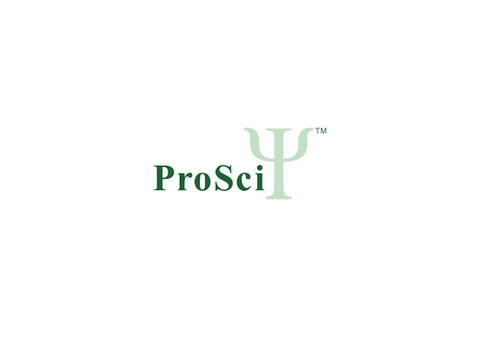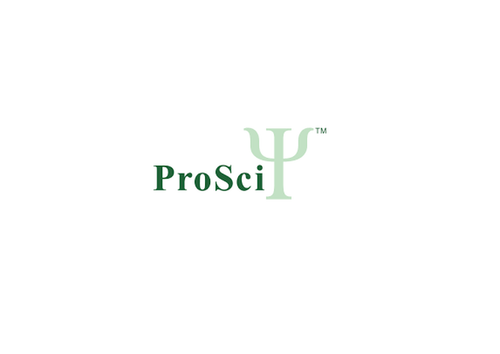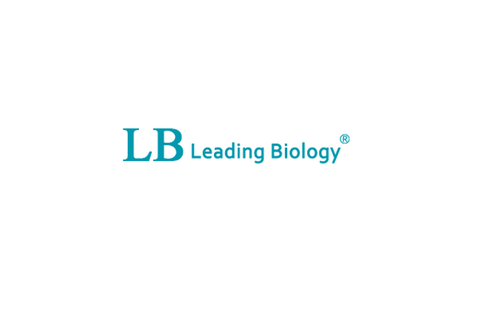Product Description
TSPAN3 Antibody | 26-151 | ProSci
Host: Rabbit
Reactivity: Human, Mouse, Rat
Homology: N/A
Immunogen: Antibody produced in rabbits immunized with a synthetic peptide corresponding a region of human TSPAN3.
Research Area: Membrane, Signal Transduction
Tested Application: E, WB
Application: TSPAN3 antibody can be used for detection of TSPAN3 by ELISA at 1:312500. TSPAN3 antibody can be used for detection of TSPAN3 by western blot at 1 μg/mL, and HRP conjugated secondary antibody should be diluted 1:50, 000 - 100, 000.
Specificiy: N/A
Positive Control 1: Cat. No. 1201 - HeLa Cell Lysate
Positive Control 2: N/A
Positive Control 3: N/A
Positive Control 4: N/A
Positive Control 5: N/A
Positive Control 6: N/A
Molecular Weight: 25 kDa
Validation: N/A
Isoform: N/A
Purification: Antibody is purified by peptide affinity chromatography method.
Clonality: Polyclonal
Clone: N/A
Isotype: N/A
Conjugate: Unconjugated
Physical State: Liquid
Buffer: Purified antibody supplied in 1x PBS buffer with 0.09% (w/v) sodium azide and 2% sucrose.
Concentration: batch dependent
Storage Condition: For short periods of storage (days) store at 4˚C. For longer periods of storage, store TSPAN3 antibody at -20˚C. As with any antibody avoid repeat freeze-thaw cycles.
Alternate Name: TSPAN3, TM4-A, TM4SF8, TSPAN-3
User Note: Optimal dilutions for each application to be determined by the researcher.
BACKGROUND: TSPAN3 is a member of the transmembrane 4 superfamily, also known as the tetraspanin family. Most of these members are cell-surface proteins that are characterized by the presence of four hydrophobic domains. The proteins mediate signal transduction events that play a role in the regulation of cell development, activation, growth and motility. The protein encoded by this gene is a member of the transmembrane 4 superfamily, also known as the tetraspanin family. Most of these members are cell-surface proteins that are characterized by the presence of four hydrophobic domains. The proteins mediate signal transduction events that play a role in the regulation of cell development, activation, growth and motility. The use of alternate polyadenylation sites has been found for this gene. Two alternative transcripts encoding different isoforms have been described.
 Euro
Euro
 USD
USD
 British Pound
British Pound
 NULL
NULL














